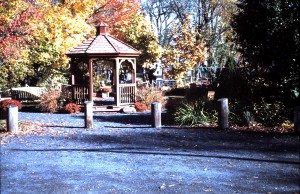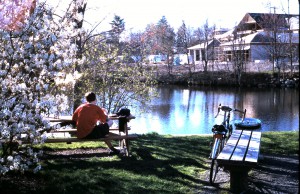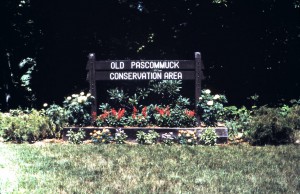Description:
At 35 acres this is the largest of the Pascommuck holdings. It features a well marked and well maintained set of trails that enter from a parking spot alongTerrace View Road. The trails go along the Manhan River and through a White Pine Mixed Hardwood forest. The property also includes two other cover types: a Major River Floodplain Forest that occupies the area northeast of the entrance trail, and a “Red Maple Swamp” in another section near the river.
The floodplain forest is made up of nearly all silver maple. The central section of the conservation area is made up of a White Pine Mixed Hardwood forest. This area has a high enough elevation to be flooded rarely if at all. In addition to the white pine other trees such as black and red oaks, sugar and red maples, black birch, and hickory form a closed canopy.
The stretch of the Manhan River here has a silty bottom with no riffles. It is about 40 feet wide and 18-24 inches deep, although this fluctuates greatly depending on rain. The banks are about 5-10 feet high, undercut and muddy. The overhanging trees make good perches for kingfishers, and the logs protruding into the water which collect debris create microhabitats for turtles, fish, and invertebrates.
Assets:
The floodplain forest is the most interesting part of this conservation area. Nearly the whole conservation area is included within BioMap Core habitat because it is part of an extensive riparian corridor along the Manhan River.
Accessible: Yes
Trails: Yes




